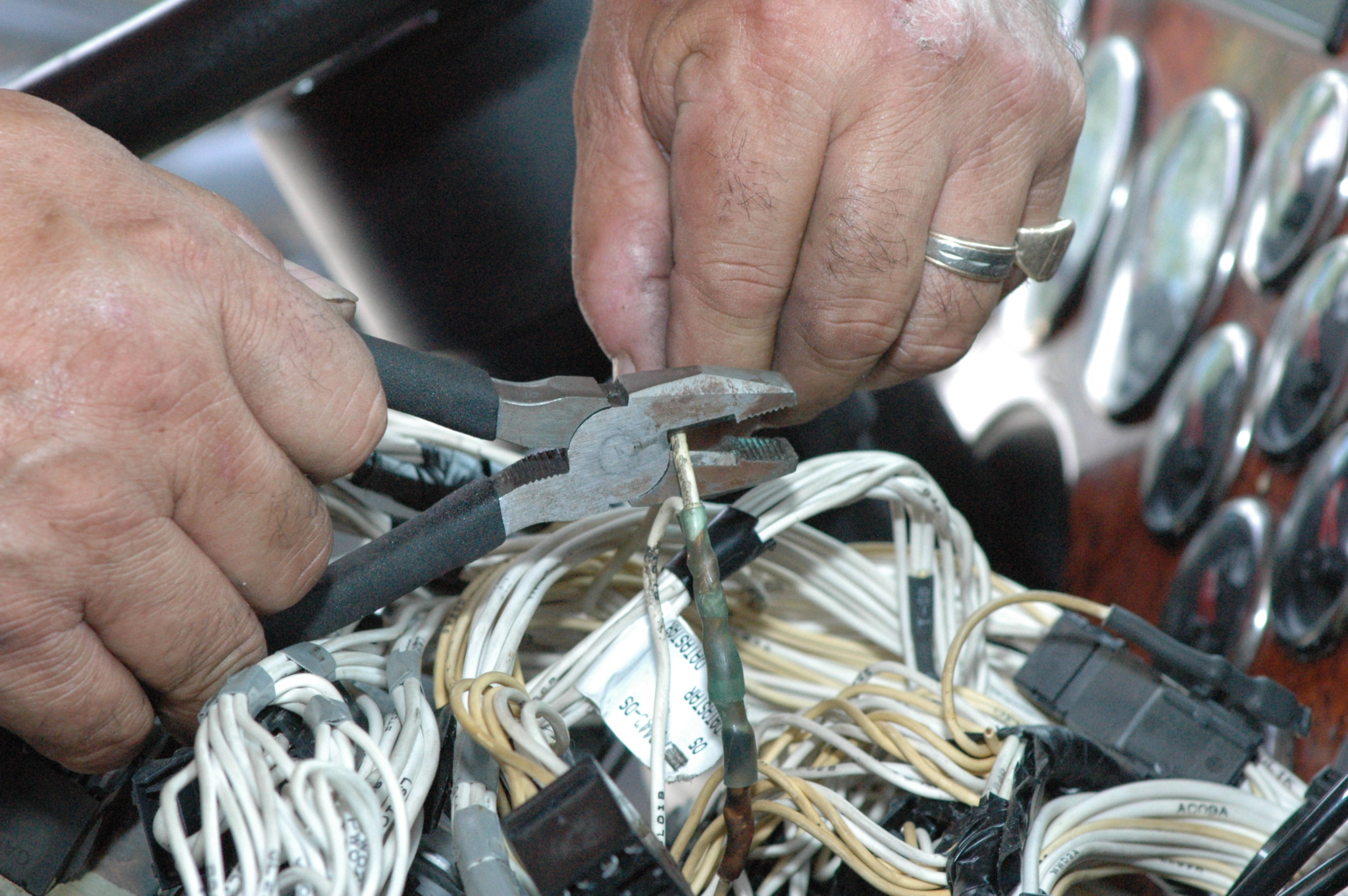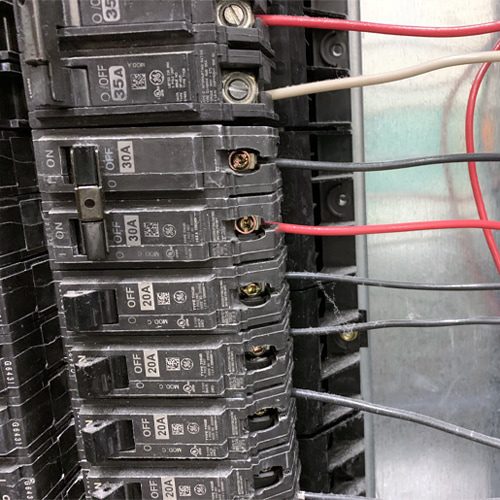Dedicated technical support for electrical industry innovations.
Dedicated technical support for electrical industry innovations.
Blog Article
Top Tips for Effective Electric System Troubleshooting
Troubleshooting electrical systems requires a systematic strategy, grounded in a detailed understanding of electrical principles and security procedures. The nuances of effective fixing expand beyond simple technical knowledge; understanding just how to document searchings for and focus on safety can substantially affect outcomes.
Understand the Essentials
Comprehending the basics of electric systems is important for reliable troubleshooting, as a solid foundation allows technicians to detect and deal with concerns a lot more effectively. An extensive understanding of electrical principles, such as voltage, current, resistance, and power, is important in identifying the source of troubles. Voltage is the electric possible distinction that drives existing with a circuit, while resistance opposes the flow of existing, affecting the overall capability of the system.
Knowledge with circuit components, including resistors, capacitors, diodes, and changes, is additionally vital. Each element plays an unique function in circuit behavior and can affect efficiency when malfunctioning. Furthermore, understanding series and identical circuit setups is essential, as these arrangements affect the distribution of voltage and existing within the system.
Service technicians should be mindful of possible dangers, such as shock and brief circuits, to carry out safe troubleshooting methods. By grasping these foundational concepts, technicians improve their capacity to conduct effective diagnostics and fixings, eventually leading to boosted performance and integrity of electric systems (electrical system troubleshooting).
Gather Necessary Equipment
Reliable troubleshooting of electrical systems calls for the appropriate collection of devices to identify and solve issues precisely. Necessary tools consist of a multimeter, which measures voltage, present, and resistance, permitting for specific examinations of electric parts.
Additionally, insulated hand devices such as screwdrivers, pliers, and cord strippers are vital for safely controling electrical links. It is also advisable to have a circuit tester available to confirm the existence of voltage in electrical outlets and cords. For more complicated systems, a thermal imaging camera can assist spot overheating parts, indicating potential failures.

Comply With an Organized Strategy
Having actually collected the ideal tools, the next action in troubleshooting electric systems is to comply with a systematic strategy. A systematic method makes certain that technicians can recognize mistakes effectively and accurately, lessening downtime and stopping unnecessary fixings.
Begin by examining the system's schematic diagrams and specifications. This involves monitoring each part methodically, starting from the power resource and functioning in the direction of the tons.
Make use of testing tools, such as multimeters and oscilloscopes, to gather objective information concerning voltage, existing, and resistance at different factors within the system. This empirical evidence will direct your troubleshooting initiatives and help to validate or remove prospective sources of failure.
Furthermore, think about ecological aspects that might affect the system's performance, such as temperature level changes or dampness ingress. A detailed assessment of electrical wiring, links, and parts will make certain that all possibilities are represented.
Paper Your Searchings For
Comprehensive paperwork is essential in the fixing procedure of electrical systems. Precise documents improve the effectiveness of identifying recurring problems and promote interaction amongst group participants. Each searching for should be carefully kept in mind, including signs and symptoms observed, examinations conducted, and the end results of those tests. electrical system troubleshooting. This practice not only help in recognizing the origin of the trouble however also acts as a referral for future troubleshooting efforts.

Additionally, maintaining a log of parts replaced or repairs performed is important. This details supports stock monitoring and can aid examine the long life and integrity of specific elements.
Eventually, the documents process website here ought to be comprehensive yet concise, making it possible for simple access and review - electrical system troubleshooting. By focusing on detailed documents, service technicians can create a useful data base that not only aids in present troubleshooting yet also encourages future upkeep initiatives, thus boosting overall system dependability

Prioritize Safety And Security Procedures
Identifying the integral threats related to electric systems is important for making certain safety and security throughout troubleshooting. Electric shock, burns, and devices damage are just a few of the prospective risks that specialists encounter. Focusing on precaution is not only a lawful responsibility but likewise a moral vital that safeguards both the specialist and the surrounding atmosphere.
Before commencing any type of troubleshooting task, specialists must wear suitable personal safety devices (PPE), consisting of shielded gloves, safety and security glasses, and flame-resistant clothes. Making sure that the job area is completely dry and cost-free of clutter can significantly reduce the threat of mishaps. It is important to de-energize circuits prior to starting any type of job, validating that they are not live through the usage of a multimeter or voltage tester.
Establishing clear communication procedures with group members is additionally important; this guarantees that everyone recognizes possible dangers and the condition of the electrical system being serviced. Having an emergency response plan in location can prove vital in the occasion of an incident. By focusing on precaution, specialists can properly minimize dangers and promote click a safer work environment.
Verdict
Reliable electric system fixing depends on a comprehensive understanding of basic concepts and a systematic strategy. By check here collecting crucial tools, sticking to methodical analysis techniques, and carefully documenting findings, the troubleshooting process comes to be more reliable and trustworthy. Prioritizing safety and security procedures guarantees the well-being of individuals included and the stability of the electrical system. Applying these strategies will improve the troubleshooting experience, resulting in quicker resolutions and boosted operational efficiency in electric systems.
Report this page